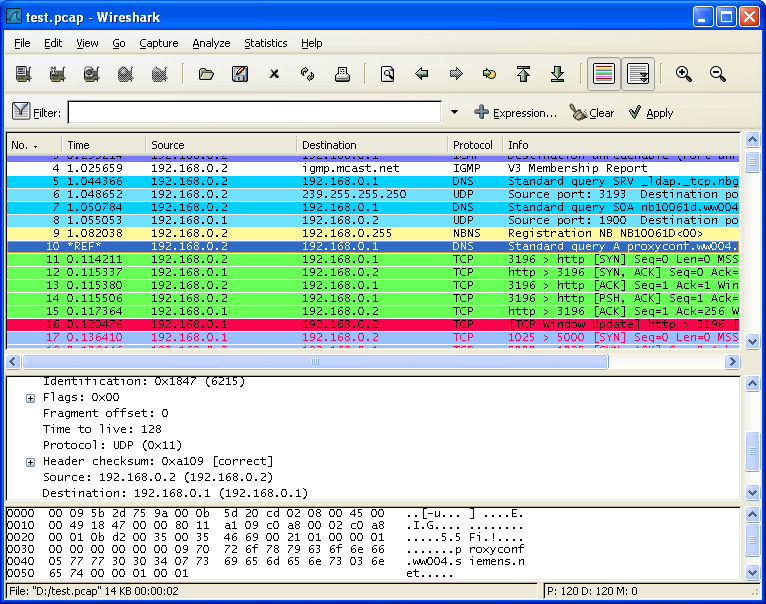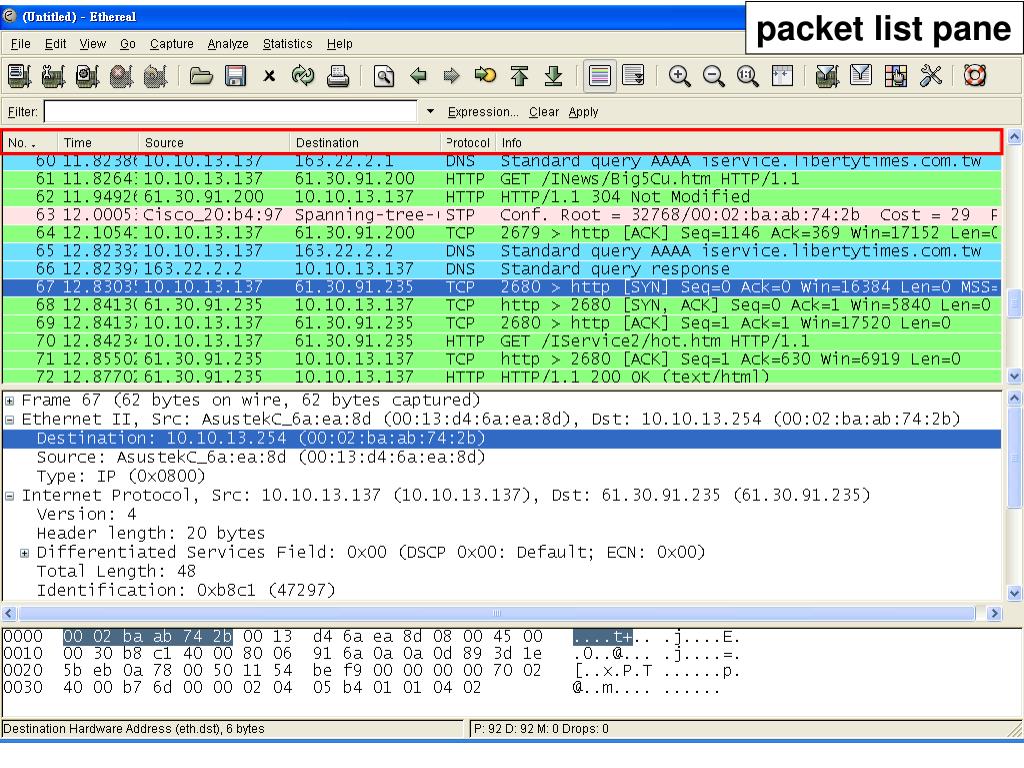

This filter will show any part of the DHCP process in the capture: DHCP discover, DHCP offer, DHCP request, DHCP acknowledge.This will give you great insight of where the DHCP process is potentially failing.

Perform this step a few times in order to generate traffic that is being captured by the packet capture toolĥ. Open the saved PCAP file which has been downloaded from Dashboard with Wireshark and enter the bootp display filter, click Apply. If your DHCP server is connected to the same switch you will want to capture off the specific port the client is connected to instead of the uplink.įigure 3: Packet capture view on DashboardĤ. Open the Command prompt from the client machine and perform an ipconfig /release then ipconfig /renew. This will force the client machine to perform a DHCP broadcast. You will need to set your packet capture tool to download file to PCAP file and capture for 60 seconds.

Set up your packet capture tool to gather data from the switch uplink port and the client on the same switch. Navigate to Monitor > Packet capture. In a combined network you will want to navigate to N etwork-wide > Packet capture and select which Cisco Meraki Appliance you would like to capture off of:Ģ. The DHCP handshake is illustrated in Figure 1 below.ġ. In this example, a client device is connected to a Cisco Meraki switch port but is unable to get IP information from the DHCP server. This requires Wireshark installed in order to open PCAP file that will be downloaded from Dashboard. This article describes how to use the Packet capture tool in Dashboard to troubleshoot client-side DHCP issues on your network. Update 30/1, added requirement of synflag to reduce packets to only initial.Using Packet Capture to Troubleshoot Client-side DHCP Issues And migrate make sure they don’t have any static entries pointing at this Domain Controller. Now just lets see who talks with the server. IPv4.SourceAddress != 192.168.1.11 AND IPv4.SourceAddress != ::1 AND IPv4.SourceAddress != 192.168.2.22īut wait, what is ::1 doing in there? Well if you have IPv6 the resolver will return that IP, so don’t worry. Import-Module ActiveDirectory $DomainControllerIPs = Get-ADDomainController -Filter * |? ))Īdd the output with an AND OUTPUT GOES HERE to the end.


 0 kommentar(er)
0 kommentar(er)
